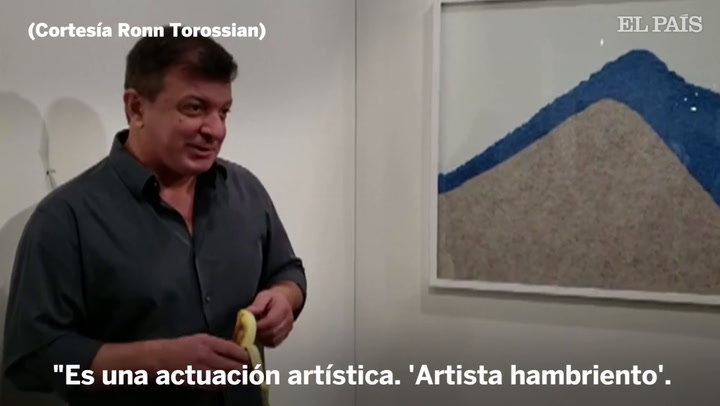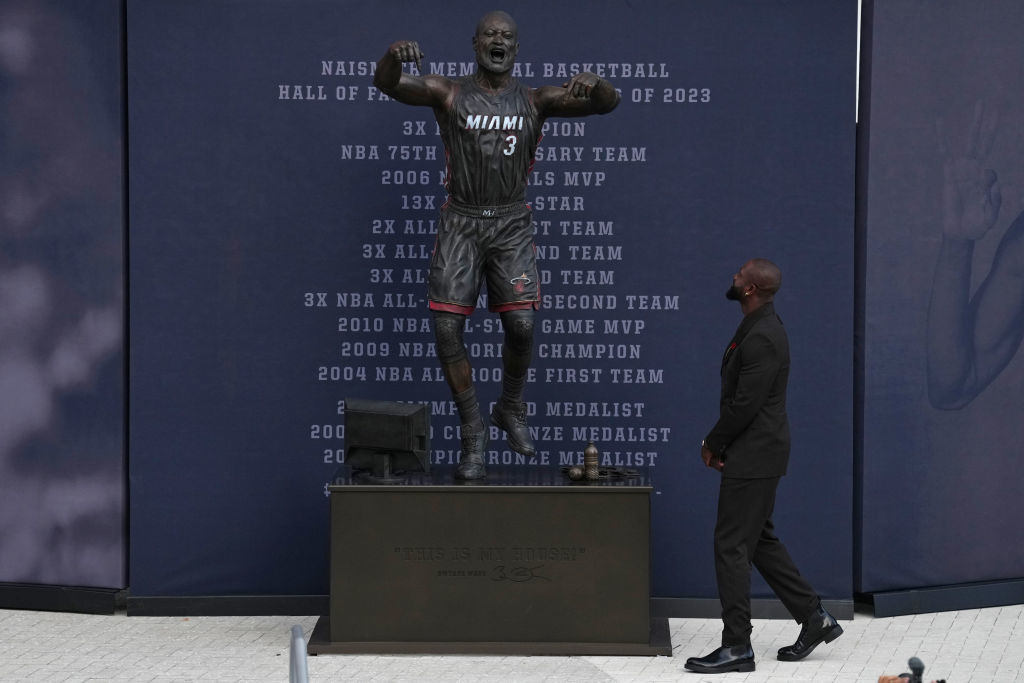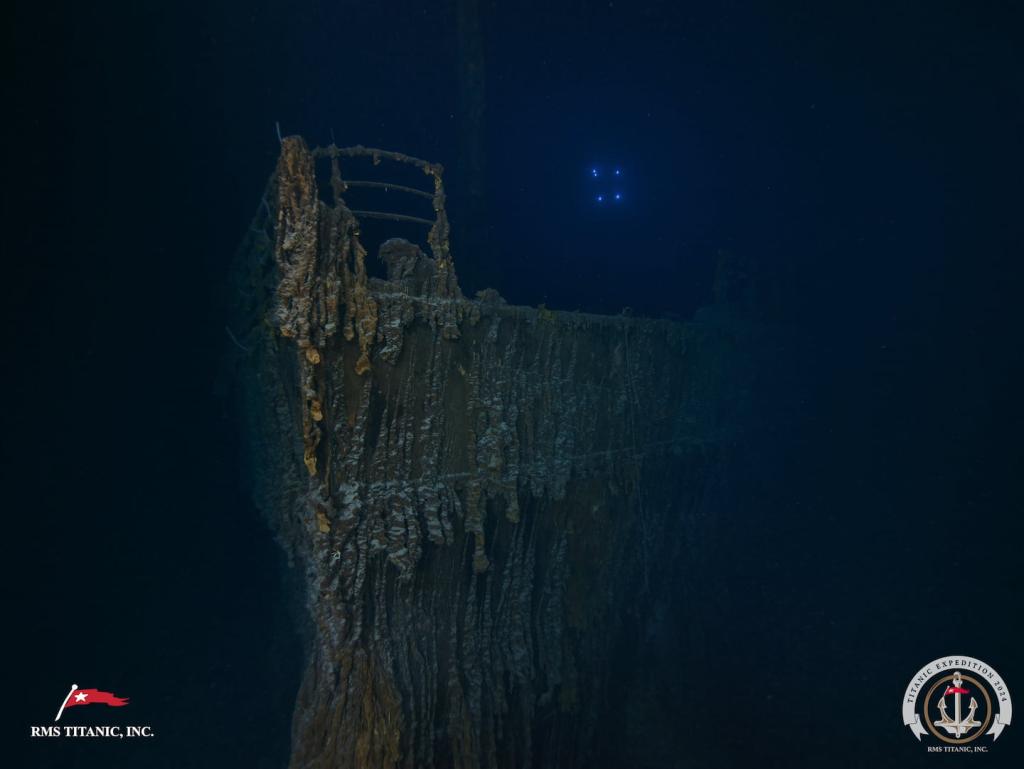The Million-Dollar Banana That Challenges Art's Value
Explore how Maurizio Cattelan's million-dollar banana artwork questions our perceptions of art and value in contemporary society.
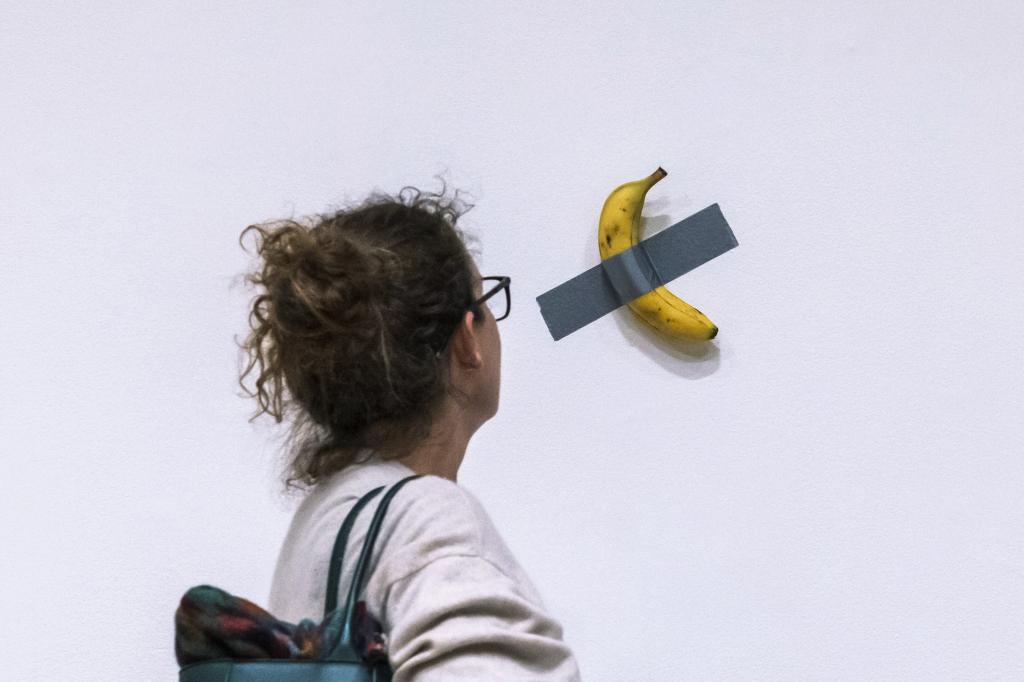
Key Points
- Maurizio Cattelan
's "Comedian", a banana duct-taped to a wall, challenges traditional notions of art valuation and ownership.
- The artwork serves as a provocative commentary on societal complicity in issues of imperialism and exploitation within the global trade system.
- Buying "Comedian" entails receiving a certificate of authenticity rather than the actual banana, prompting deeper questions about what we truly own in art.
If you’ve ever walked through a supermarket, you know that a banana usually costs less than a dollar. However, there is an unusual twist in the art world that is poised to elevate a simple fruit into a valuable piece of conceptual art. Meet “Comedian”, a work by Italian artist Maurizio Cattelan, which features a banana duct-taped to a wall. This provocative piece is not just a whimsical display; it is currently estimated to sell for over $1 million at an upcoming
auction. Yes, you read that right—a single banana, adhered with duct tape, is sparking conversations worldwide about the nature of art and value.
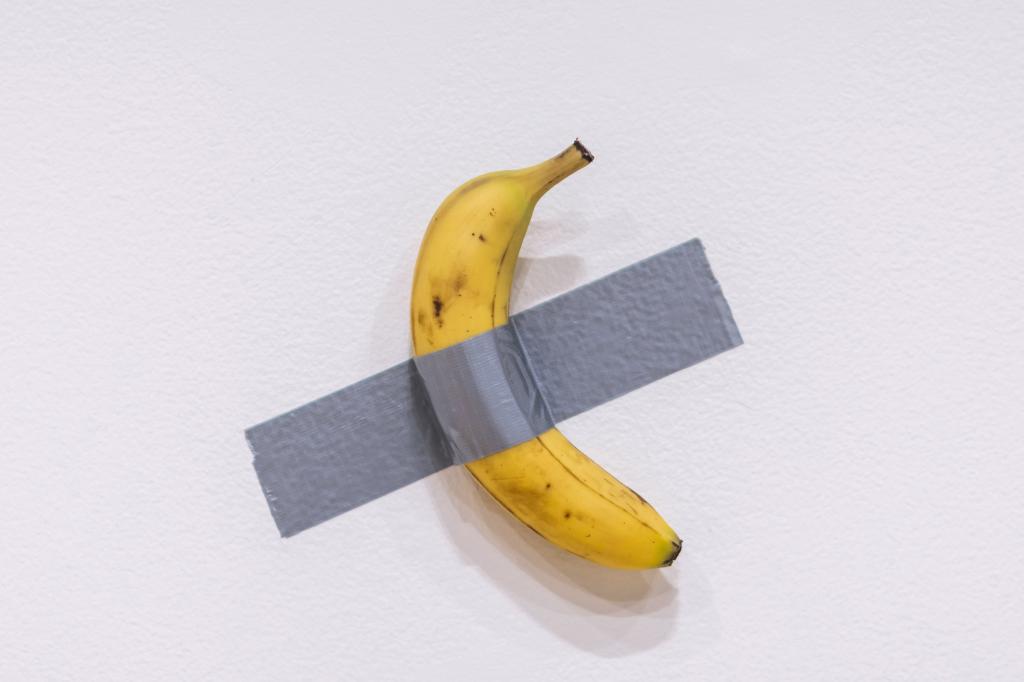
From Supermarket to the Auction Block
First unveiled in 2019 at the
fair, Cattelan's “Comedian” quickly became a topic of heated discussion. Critics and fans alike pondered whether this was a prank, a clever commentary on the absurdities of the contemporary art world, or perhaps both. The piece went viral when fellow artist David Datuna took the banana off the wall and ate it during the exhibition, prompting discussions about authenticity and artistic intent. This incident epitomizes the unpredictability and spectacle often involved in modern art.
What’s in a Name?
The title itself, “Comedian”, hints at Cattelan's playful approach towards serious themes. David Galperin, Sotheby’s head of contemporary art, describes the work as “profound and provocative”. He emphasizes that Cattelan is holding up a mirror to the art community, challenging viewers and collectors alike to reflect on how we assign value to art. What does it truly mean to own a piece of art, especially one that involves an everyday object like a banana?

Art as a Reflection of Society
Chloé Cooper Jones, an assistant professor at
, adds another layer of depth to the conversation. She points out that while the piece could be perceived as humor at the expense of affluent collectors, it prompts deeper contemplation about our complicity in the economic and cultural systems that govern the art world. The banana, a fruit intertwined with histories of imperialism and exploitation, stands as a simple yet powerful symbol of global trade and its ethical ramifications. This duality encourages viewers to think critically about their place within these frameworks.
The Nature of Ownership and Authenticity
Purchasing “Comedian” does not involve acquiring the actual banana. Instead, buyers receive a certificate of authenticity that allows them to recreate the artwork using their own fruit and tape. This notion raises further questions: What do we truly own when we invest in art? Is it the object itself, or is it the idea and the cultural context surrounding it? In a time where art can be experienced virtually and reproduced endlessly, these questions become increasingly relevant.
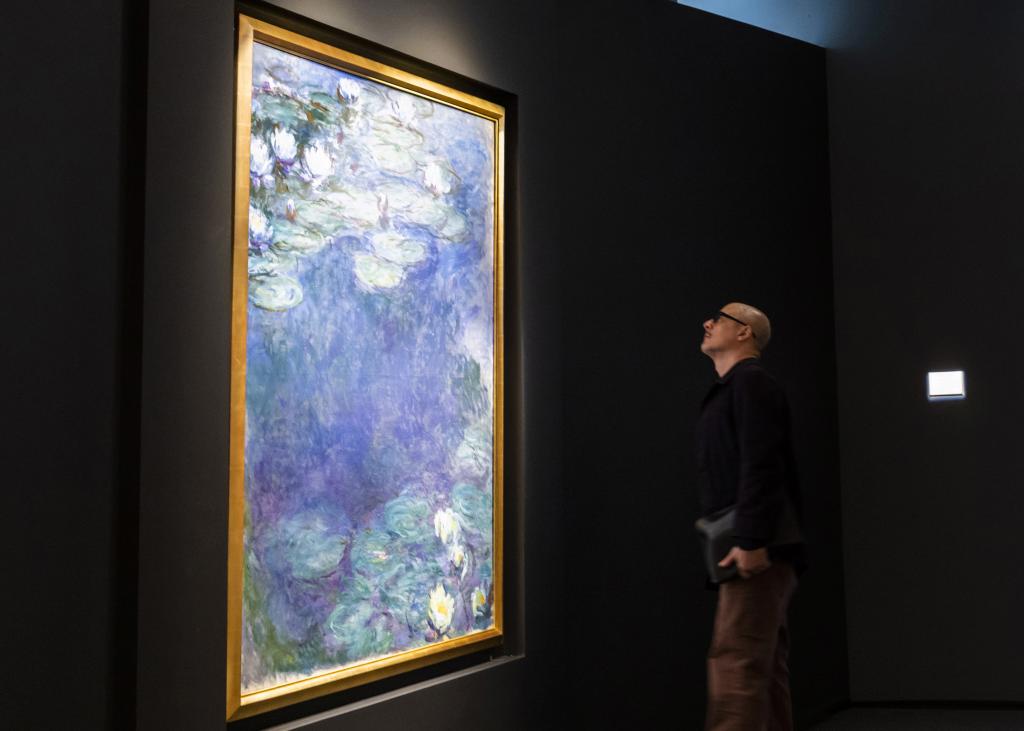
Comparative Perspectives in the Art World
Interestingly, “Comedian” is hitting the auction block alongside
’s renowned “Water Lilies”, estimated at around $60 million. This juxtaposition further fuels the discourse on what is deemed valuable in the art world. Galperin asserts that no significant work in the art history, including Impressionism, was free from initial discomfort or skepticism when first revealed. Art has always provoked thought and reaction, and Cattelan's peculiar banana continues this tradition in an unexpected yet impactful manner.
Cattelan's “Comedian” ultimately serves as a reminder of how essential it is to engage critically with art. While it may seem trivial at first glance, this piece invites us to scrutinize our relationships with art, value, and the very structures that govern our understanding. In the end, whether it’s a banana on a wall or a timeless painting, art is an evolving conversation, and every piece can inspire reflection and insight.
